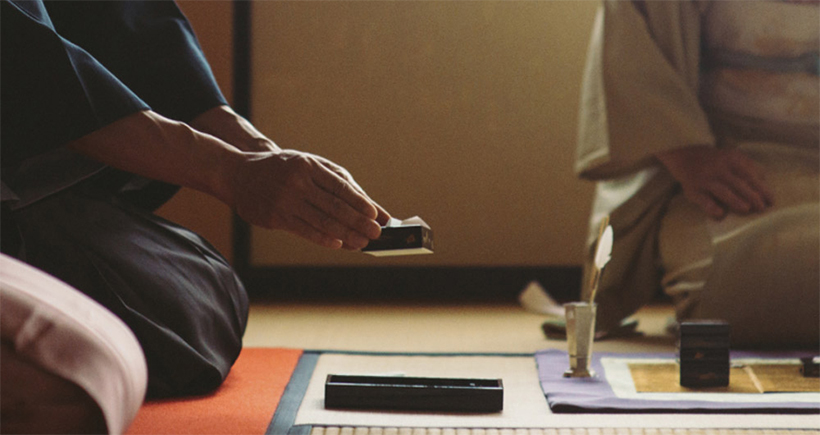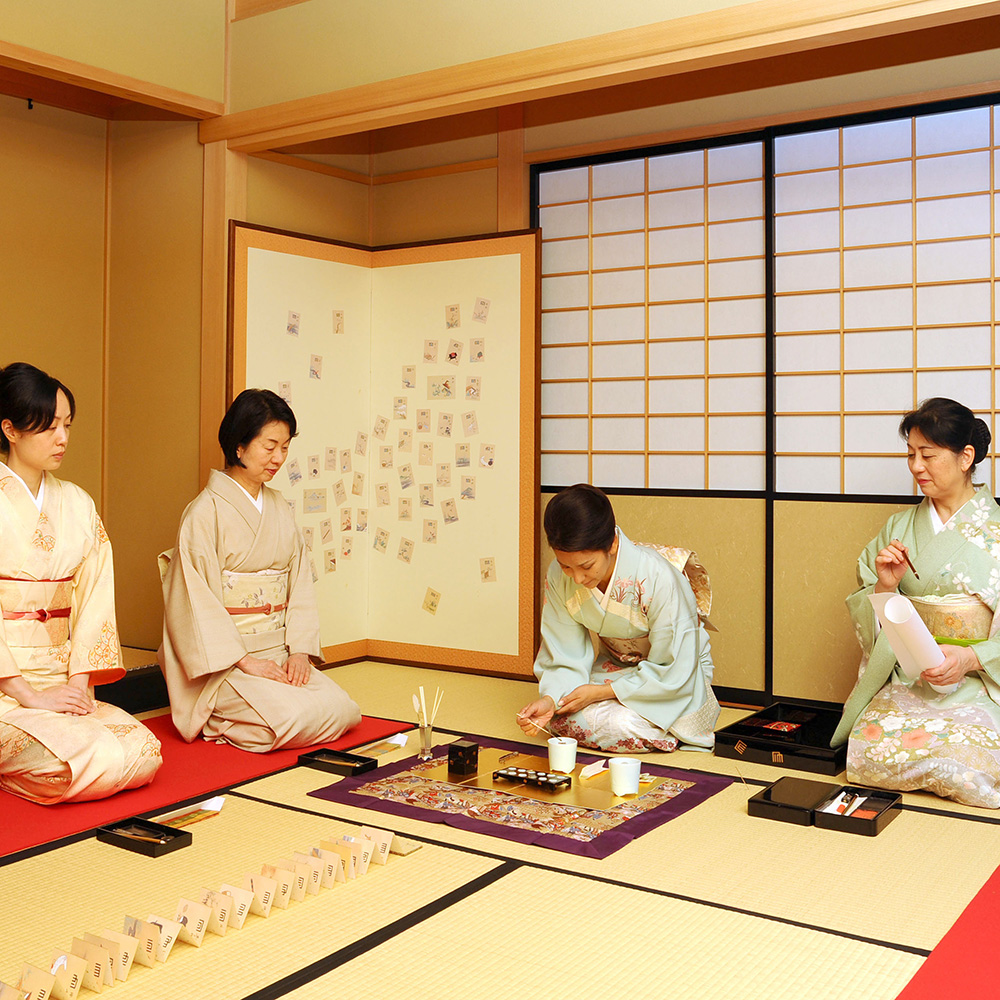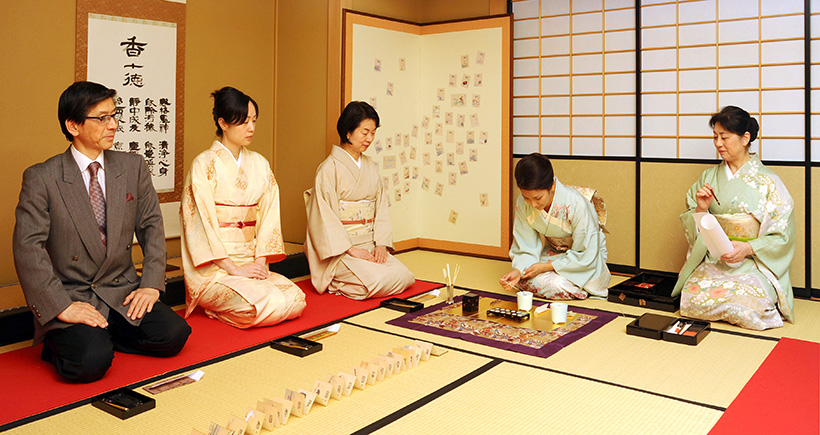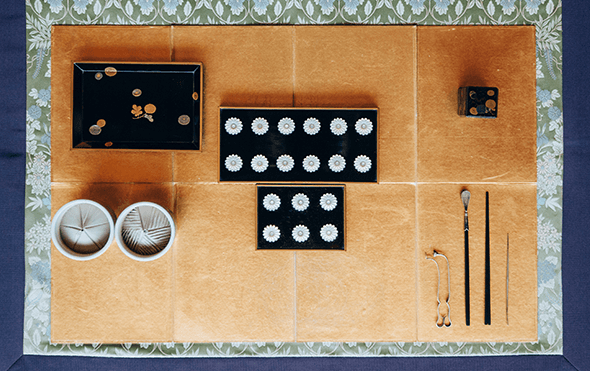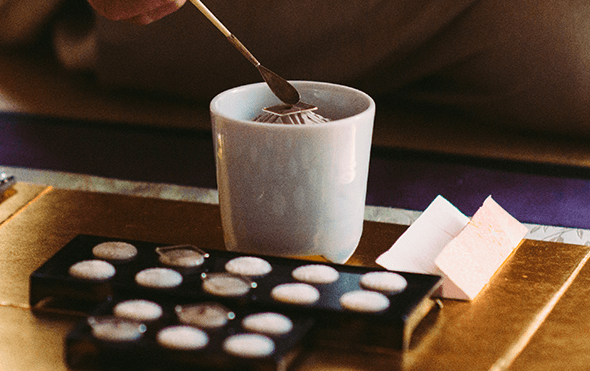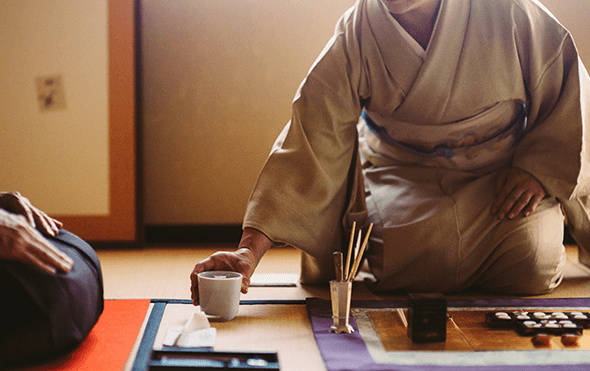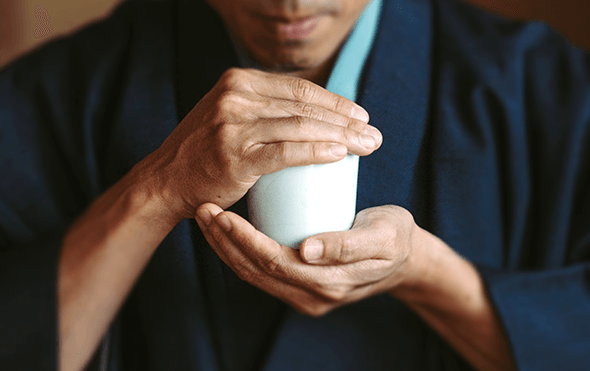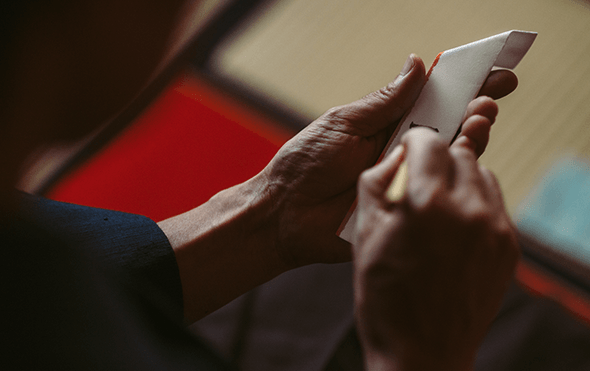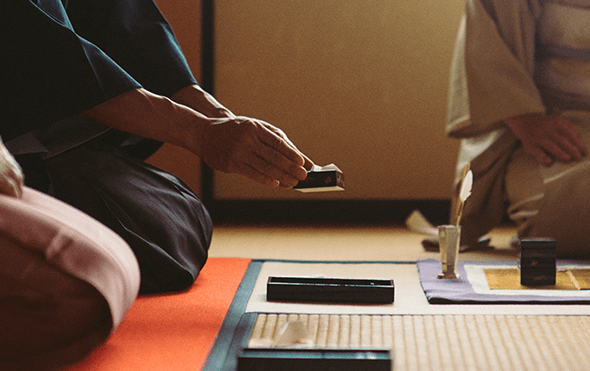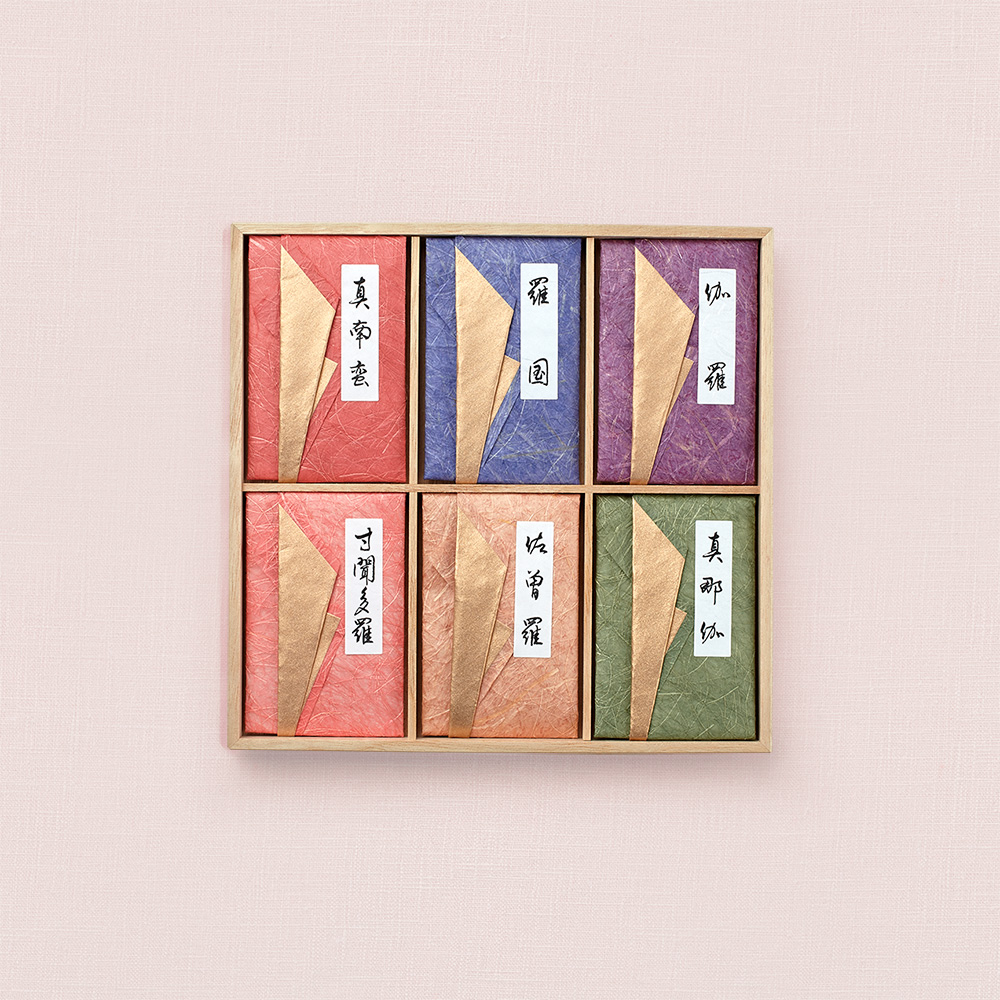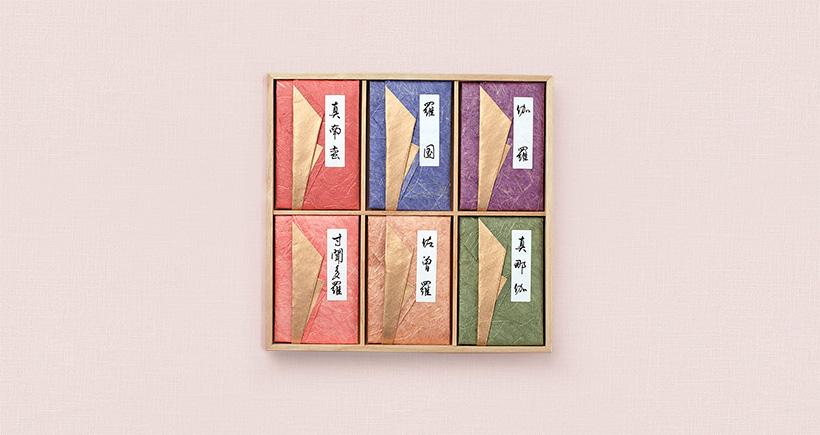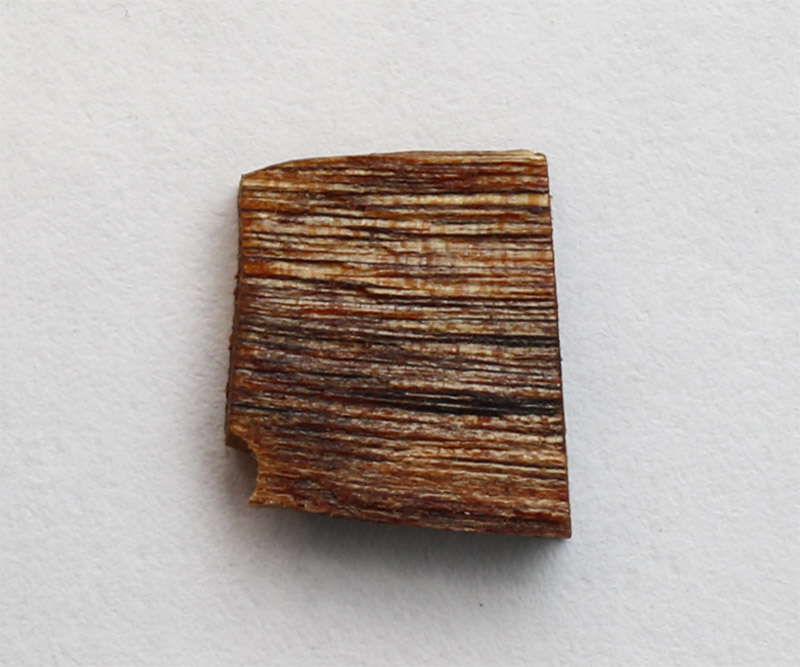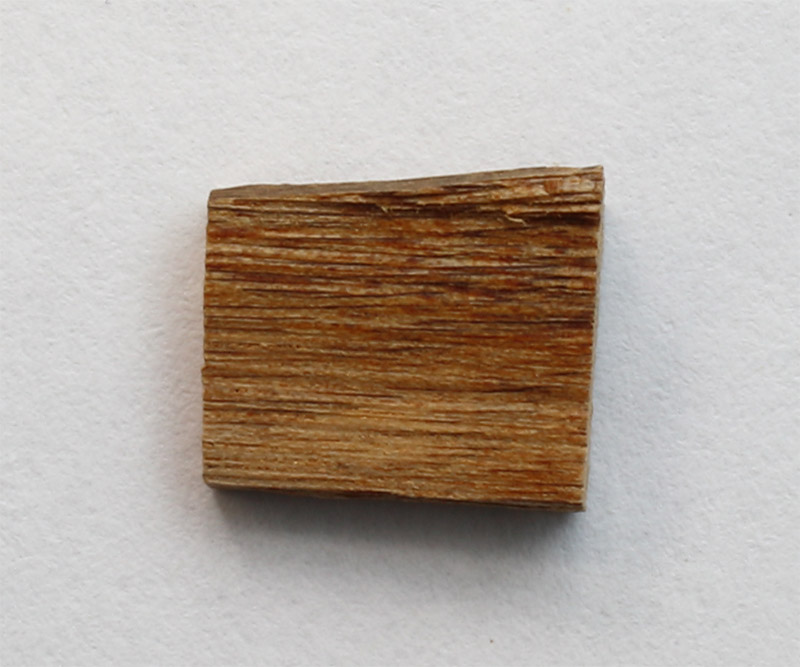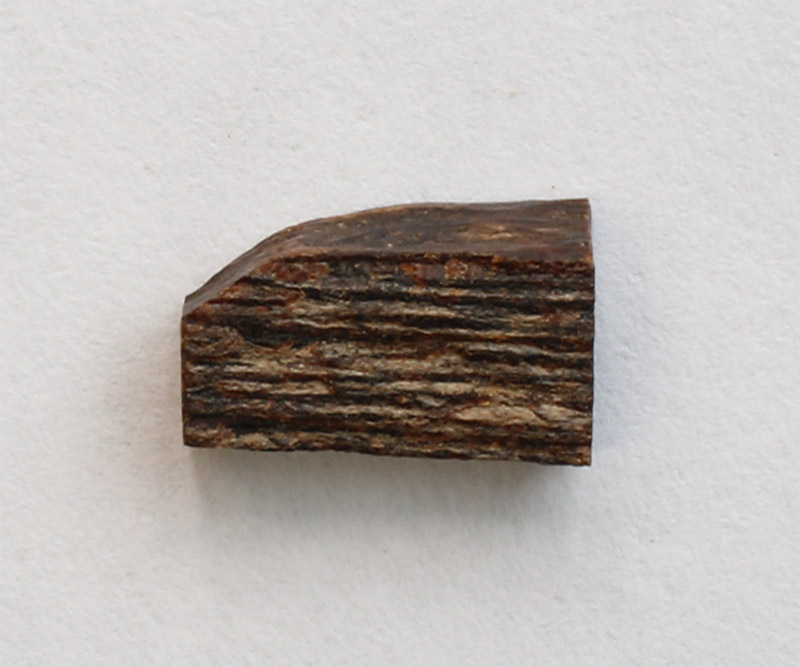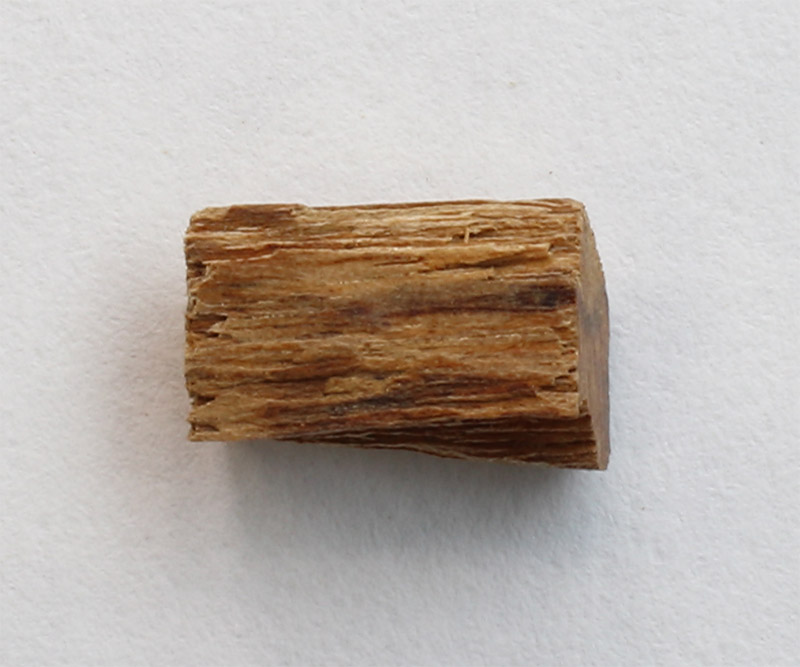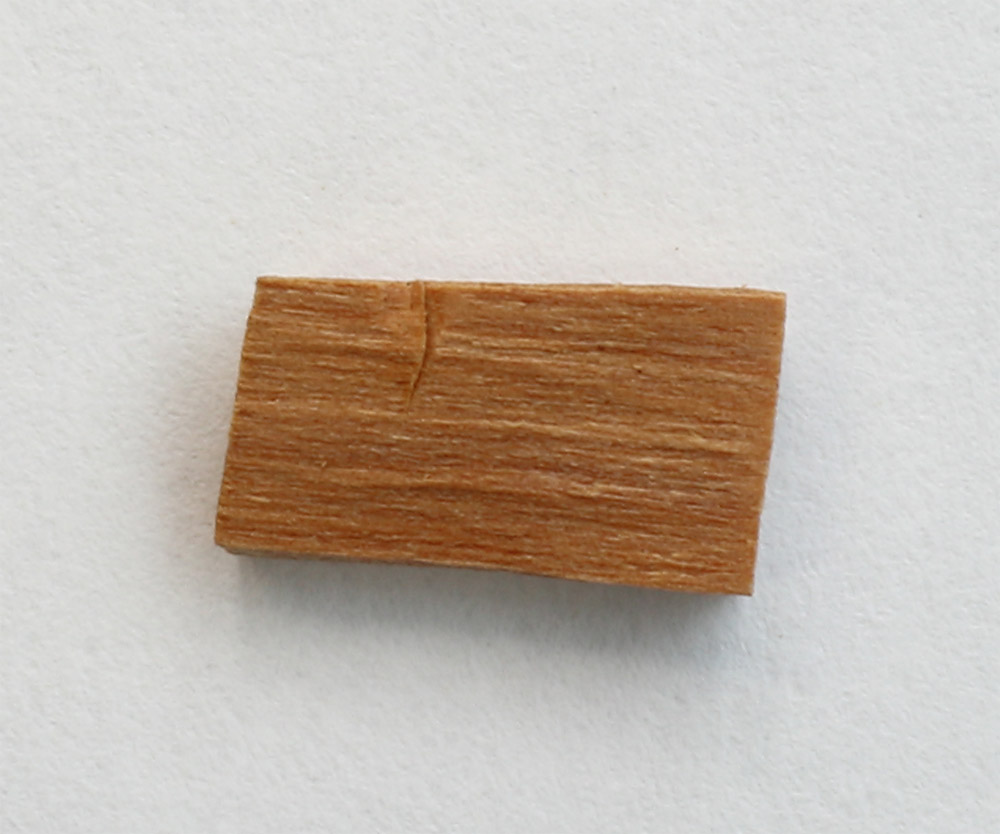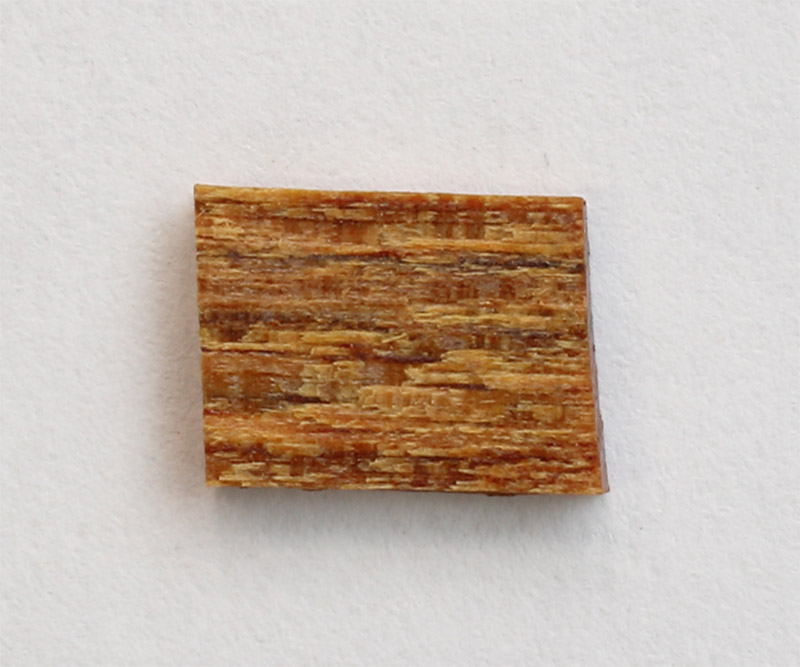Incense ceremony and culture
Incense culture was introduced to Japan with Buddhism through “incenses for prayers”. The idea of “listening” to the fragrance gave rise to the word and act of 'Monkoh' (literally, listening to what fragrances are telling you). Around end of the Muromachi period (1338-1573), after about 1500 years since their introduction, the act of using incenses started to develop into in art form called Kodo, or incense-smelling ceremony. The basics of the art, which have been passed on until present day, were formed in the Edo period (1603-1867).
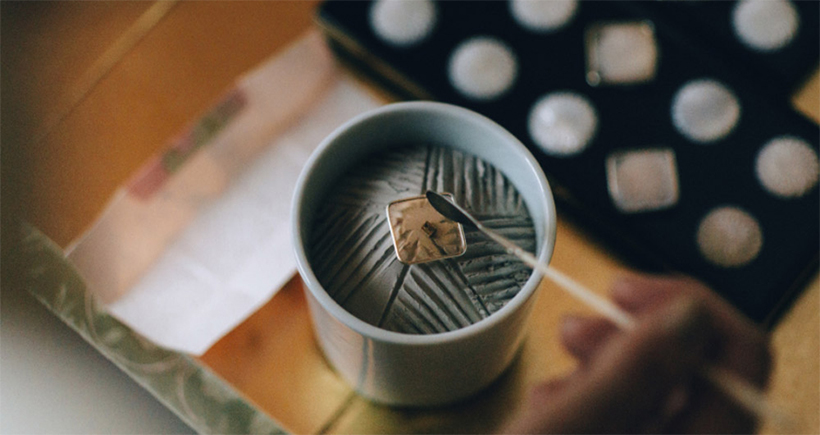
As its formalities came to be developed and shaped, Kodo started to be acknowledged as one of the "geido", refined arts that are supposed to be performed following certain rules and manners. In this respect, Japanese incense or koh is somewhat different from perfume in western countries. No longer an innocent pastime, Kodo prevailed beyond the samurai and court class. As intellectual people such as writers, artists, affluent merchants and landowners started to adopt its formalities, incense exerted a great influence on calligraphy, literature and tea ceremony, occupying a precious position as an intangible and spiritual asset of the time.
